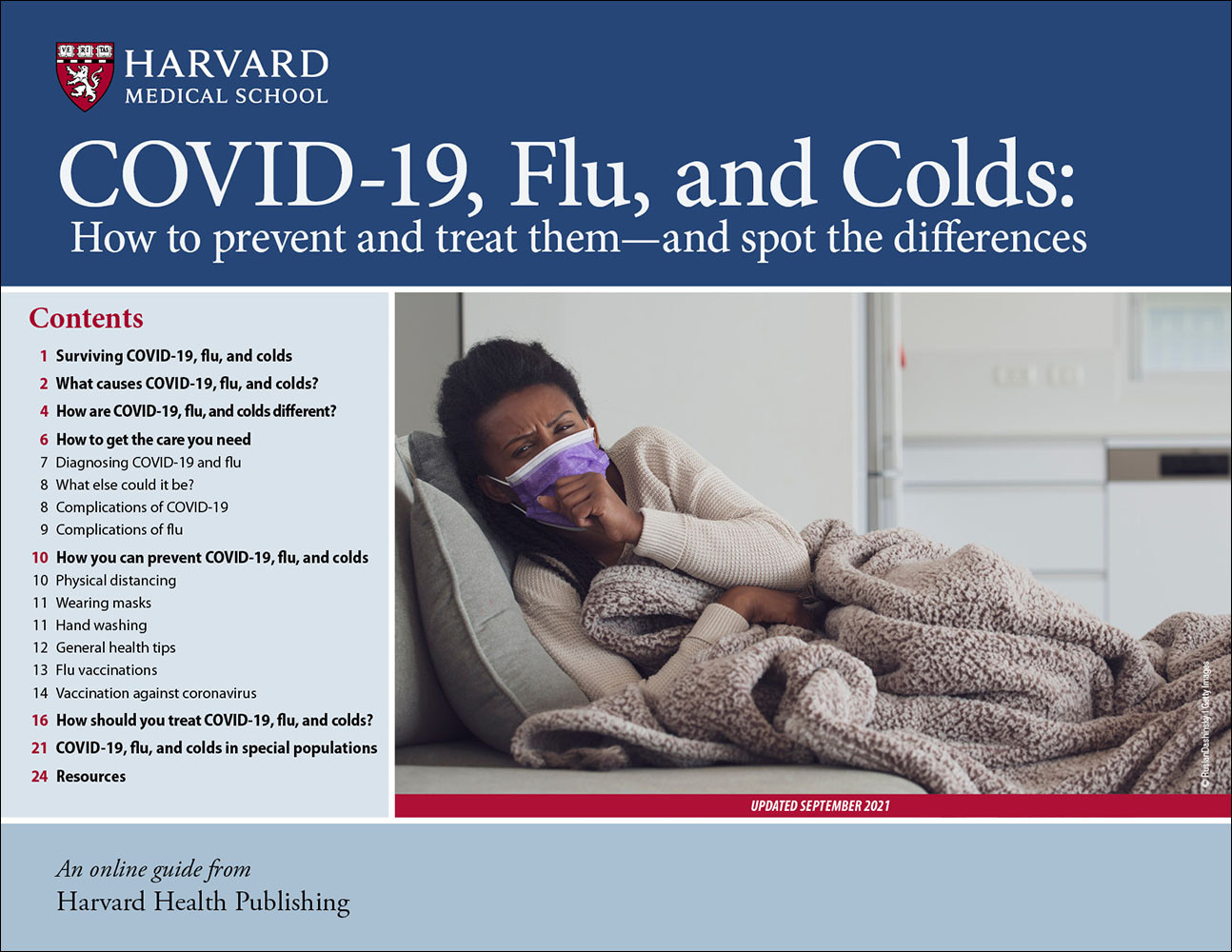
5 timeless habits for better health

What are the symptoms of prostate cancer?

Is your breakfast cereal healthy?

When pain signals an emergency: Symptoms you should never ignore

Does exercise give you energy?

Acupuncture for pain relief: How it works and what to expect

How to avoid jet lag: Tips for staying alert when you travel

Biofeedback therapy: How it works and how it can help relieve pain

Best vitamins and minerals for energy

Should you take probiotics with antibiotics?
Acute bronchitis
Acute bronchitis is an inflammation of the lining of the bronchial tubes, the hollow air passages that connect the lungs to the windpipe (trachea). The inflammation can be caused by an infection or by other factors that irritate the airways, such as cigarette smoking, allergies and exposure to fumes from some chemicals.
Acute bronchitis often starts with a viral infection that involves the mouth, throat, nose, ears and sinuses. Acute bronchitis does not affect the lungs like pneumonia does.
Most cases of acute bronchitis are caused by viruses, although the condition also can be caused by bacteria.
Symptoms
A cough is the main symptom of bronchitis. The cough can be dry, or it can produce sputum, the mucus-like substance brought up from the lungs. The sputum may be clear, cloudy, brown, yellow, or green. Colored sputum does not necessarily mean you have a bacterial infection. A viral infection or other reason for inflamed bronchi can cause production of brown, yellow, or green sputum.
Other common symptoms include:
- fatigue
- wheezing
- sore throat
- low-grade fever
- chest discomfort
- shortness of breath.
Diagnosing bronchitis
Your health care provider will ask about the details of your illness, including when you developed any symptoms of an upper respiratory infection. He or she will want to know if anyone else in your home has been ill. Your health care provider will listen to your chest with a stethoscope to try to detect wheezing and sounds of airways clogged with mucous called rhonchi.
The level of oxygen in your blood may be tested using a small device that closes gently over a finger. If your health care provider hears any suspicious lung sounds during the physical examination, or if your oxygen level is lower than normal, he or she may order a chest X-ray to check for pneumonia.
Treating acute bronchitis
The viral infection that causes most cases of acute bronchitis resolves within a few days. However, the symptoms can linger for a couple weeks. And in some people, the cough and wheezing can persist for one to two months long after the initial infection is gone.
If you are uncomfortable with body aches or a low-grade fever, you can take acetaminophen or a nonsteroidal anti-inflammatory drug such as ibuprofen or naproxen. Rest and drink plenty of fluids — eight to 12 glasses a day — to thin the phlegm and make it easier to cough it up.
Breathing in warm, moist air also helps loosen the discharge. If you don't have a vaporizer or humidifier, stand in a hot shower for a few minutes or run hot water in the sink and drape a towel over your head while breathing in the steam.
In otherwise healthy people, antibiotics are rarely needed in the initial treatment of acute bronchitis.
People with acute bronchitis may benefit from using an inhaled bronchodilator drug. It can help to open the airways.
Some nonprescription medicines can loosen phlegm or suppress coughing, to help you sleep at night. Ask your doctor which ones he or she recommends.
When to call your health care provider
Call your health care provider if:
- Your breathing becomes difficult or painful.
- You notice new wheezing or have worsening asthma symptoms.
- You have a high fever that does not come down after taking a fever-relieving medication, such as acetaminophen or aspirin.
- If a fever lasts more than three days.
Any time you have chest pain, you should call your doctor for advice. Chest pain can come from the heart as well as the lungs.
People at high risk of complications from acute bronchitis — such as infants, the elderly or people with chronic lung or heart disease — should call a physician at the first signs of fever, severe cough or shortness of breath.
Disclaimer:
As a service to our readers, Harvard Health Publishing provides access to our library of archived content. Please note the date of last review or update on all articles.
No content on this site, regardless of date, should ever be used as a substitute for direct medical advice from your doctor or other qualified clinician.

5 timeless habits for better health

What are the symptoms of prostate cancer?

Is your breakfast cereal healthy?

When pain signals an emergency: Symptoms you should never ignore

Does exercise give you energy?

Acupuncture for pain relief: How it works and what to expect

How to avoid jet lag: Tips for staying alert when you travel

Biofeedback therapy: How it works and how it can help relieve pain

Best vitamins and minerals for energy

Should you take probiotics with antibiotics?
You might also be interested in…

COVID-19, Flu, and Colds: How to prevent and treat them — and spot the differences
Any given year, we’ll collectively come down with one billion colds and up to 45 million cases of flu, while the number of new cases of COVID-19 keeps rising. In this guide you will learn how to avoid getting any of these three viral infections, and, if you do get sick, what you can do to feel better. You’ll also learn when your condition is serious enough to call a doctor. The report also provides specific information about high-risk groups for whom COVID and the flu can be very serious.
Free Healthbeat Signup
Get the latest in health news delivered to your inbox!
Sign Up

